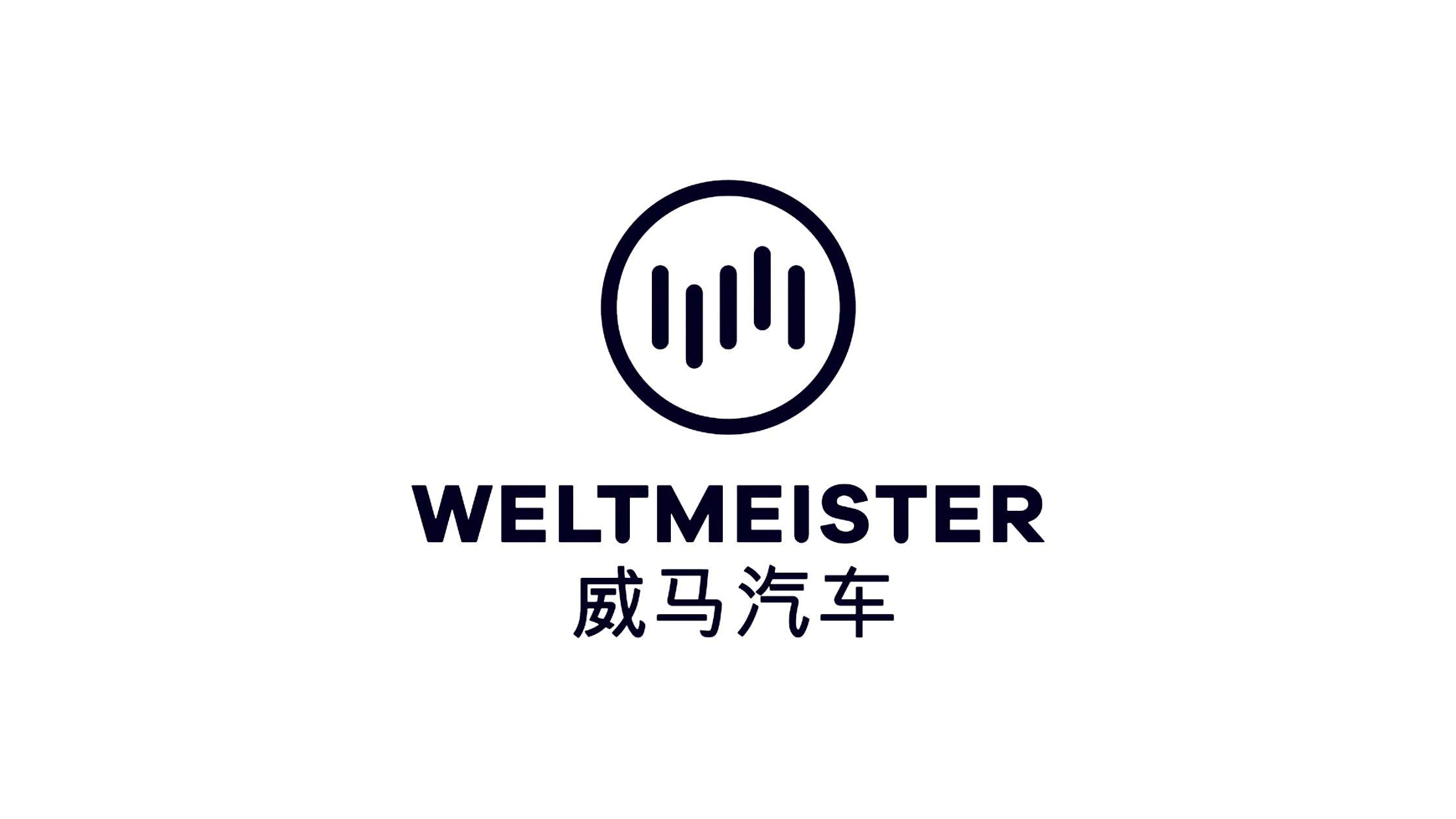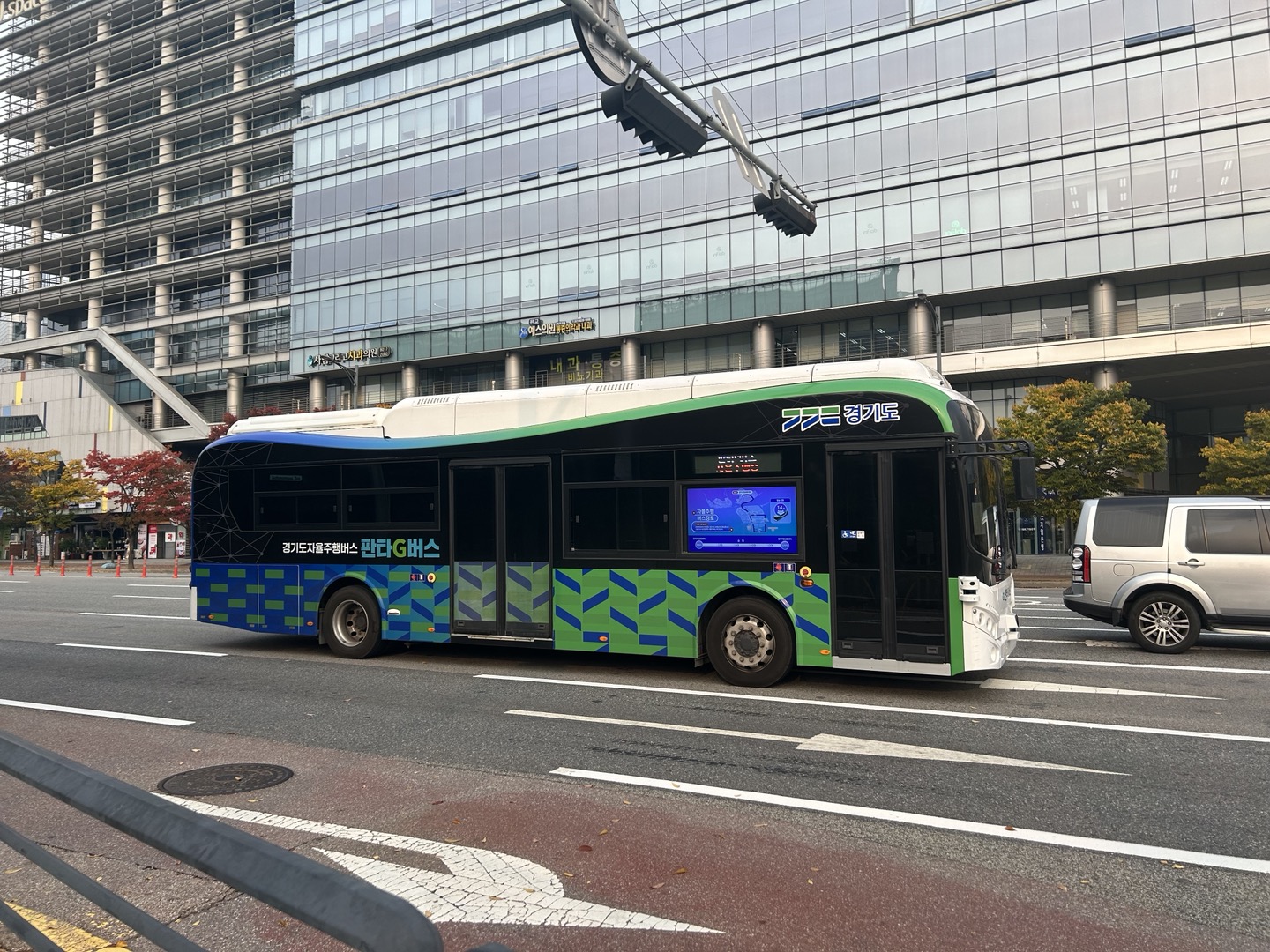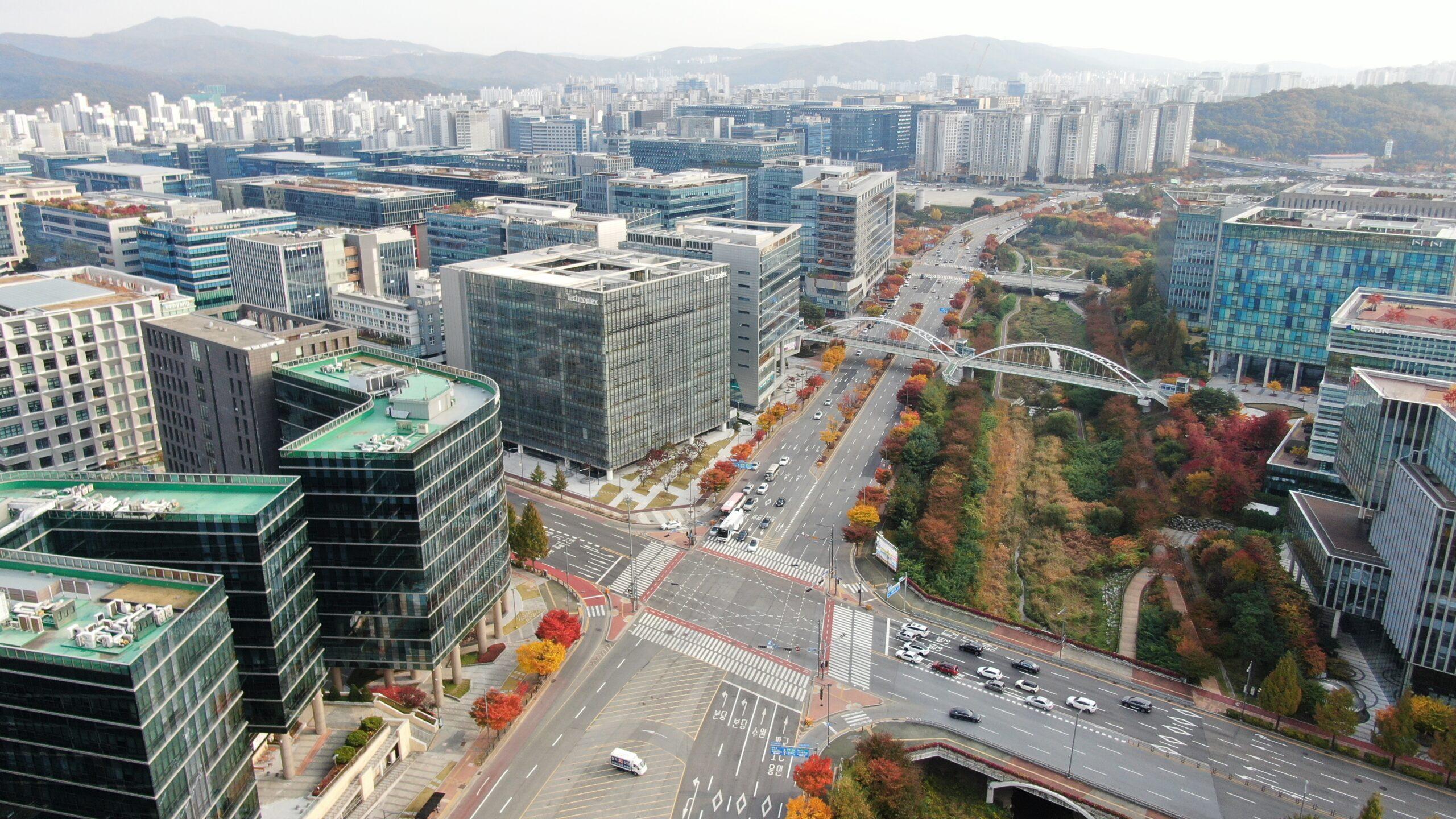AsiaTechDaily – Asia's Leading Tech and Startup Media Platform

Promising EV Maker WM Motor Faces Bankruptcy as Challenges Mount
Chinese electric vehicle (EV) startup WM Motor has officially filed for bankruptcy. The Shanghai Third Intermediate People’s Court has processed the bankruptcy application, as disclosed in a recent announcement on the national enterprise bankruptcy information platform.
WM Motor, once considered a promising contender among China’s EV manufacturers, is now navigating the challenging terrain of bankruptcy proceedings. However, specific details surrounding the circumstances leading to this bankruptcy filing remain limited at this time, leaving many questions unanswered about the company’s future in a highly competitive market.
WM Motor’s challenges became evident earlier when its attempt to go public through a reverse takeover with Hong Kong-listed Apollo Future Mobility fell short.
Following this setback, in September, the struggling electric vehicle manufacturer entered into a non-binding acquisition agreement with Kaixin Auto Holdings, a US-listed used car dealer.
The details and implications of the acquisition deal with Kaixin Auto Holdings remain a topic of interest in the context of WM Motor’s bankruptcy filing. Observers and industry experts are closely watching the outcome of this acquisition as it may determine the fate and future direction of the embattled Chinese electric vehicle startup.
WM Motor Technology Group Co., Ltd., founded in May 2012 with Shen Hui as its legal representative and registered capital of 6 billion yuan (approximately $0.8 billion), is currently facing a challenging period.
This is highlighted by the recent suspension of ownership transfer for 6 billion shares in the company, which Suzhou WM Intelligent Travel Technology Co., Ltd wholly owns.
These developments unfolded after the announcement of WM Motor’s failed attempt to list through a shell company in September. Subsequently, there were reports of Kaixin Auto’s intention to acquire 100% equity in WM Motor, adding complexity to the situation.
WM Motor is confronting financial difficulties and operational hurdles, mirroring the broader New Energy Vehicle (NEV) industry crisis. The NEV sector has been grappling with the multifaceted impact of the COVID-19 pandemic, escalating raw material costs, and a severe semiconductor shortage, which has collectively strained the financial stability of many manufacturers, including WM Motor.
This challenging landscape has led WM Motor to initiate plans to gradually resume regular operations at its extensive network of over 100 dealership stores across China, signaling an attempt to regain stability following the bankruptcy filing.
While WM Motor actively reported its monthly sales figures in 2020, it ceased this practice in 2021.
WM Motor faced mounting losses in the years leading up to its bankruptcy filing, with annual losses soaring to 8.2 billion yuan (approximately $1.13 billion) by 2021, according to the company’s stock prospectus released in June 2022, which was in anticipation of a planned IPO in Hong Kong.
Despite initially showing promise in the Chinese electric vehicle market, WM Motor’s sales plummeted after battery-related issues came to light. By 2022, the company had dropped out of the sales rankings, with data from the China Passenger Car Association (CPCA) indicating that WM.
Motor’s cumulative sales for that year were only 29,450 vehicles, marking a year-on-year decrease of 33.3%. Furthermore, data for 2023 was unavailable, which shows the company’s dire situation.
The path forward for WM Motor remains shrouded in uncertainty following its bankruptcy filing. As the company’s case unfolds within the confines of the Shanghai court, a discernible sense of anticipation and concern looms among stakeholders, employees, and industry onlookers.
The outcome of WM Motor’s predicament will hold considerable implications for China’s broader New Energy Vehicle (NEV) sector, which has been navigating a turbulent landscape of challenges, including supply chain disruptions, fluctuating consumer demand, rising raw material costs, and chip shortages.
Also Read:
- Japan’s Five-Year Development Strategy unveils KANSAI Startup Night Vol. 4
- Gojek Partners with Vietnamese Electric Bike Startup Dat Bike
- E-mobility startup Charged Indonesia raises $4.5m to launch electric motorcycles
- GGV Capital Follows Sequoia’s Lead, Splits in Response to U.S.-China Tensions
- Maka Motors Raises One of Southeast Asia’s Largest Seed Funding Rounds for EV Two-Wheelers





